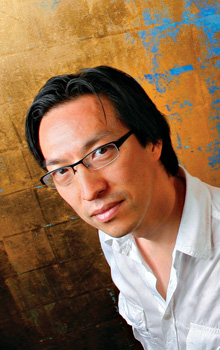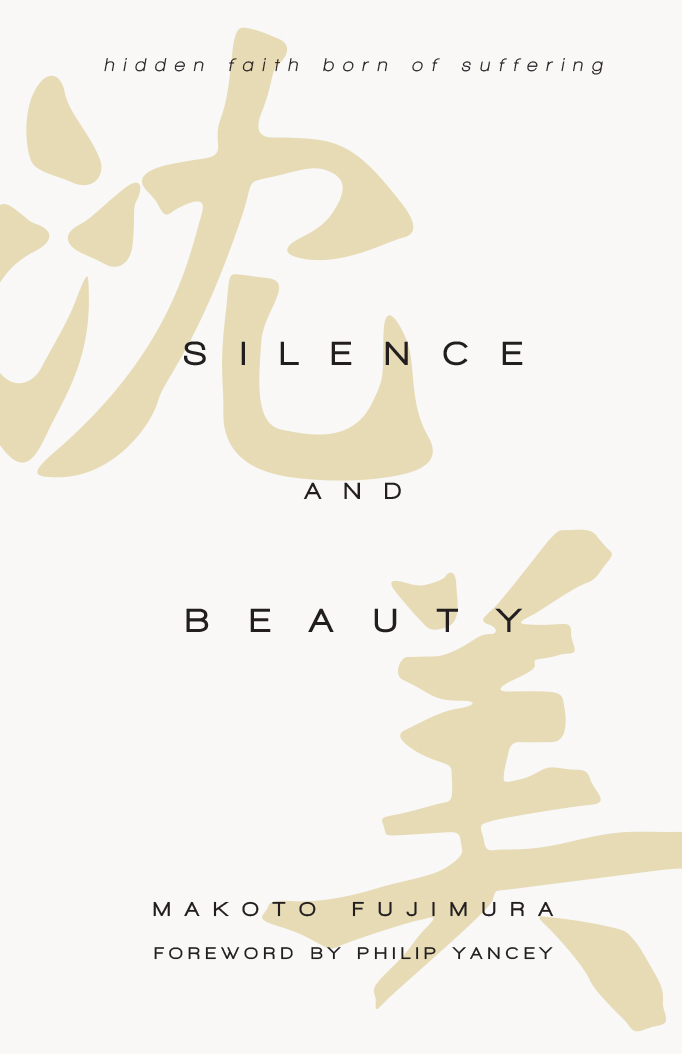Makoto Fujimura Launches Silence and Beauty with New York City Art Exhibit
InterVarsity Press author and internationally renowned artist Makoto Fujimura will launch his anticipated book Silence and Beauty: Hidden Faith Born of Suffering with an exhibition of his artwork at the Waterfall Mansion and Gallery in New York City.
The Silence and Beauty exhibit opens with a media preview on Tuesday, May 3 from 12 p.m. to 5 p.m. and a book signing and artist discussion on Thursday, May 5 at 4 p.m. This is the gallery's first major solo exhibition of Fujimura's work, which will be on display through June 8.
Recognized worldwide as a cultural shaper, Fujimura's work has been exhibited at Dillon Gallery in New York, Sato Museum in Tokyo, The Contemporary Museum of Tokyo, Tokyo National University of Fine Arts Museum, Bentley Gallery in Arizona, Taikoo Place in Hong Kong and Vienna's Belvedere Museum. He is one of the first artists to paint live on stage at New York City's legendary Carnegie Hall as part of an ongoing collaboration with composer and percussionist Susie Ibarra.
Fujimura's pieces for the Waterfall Mansion and Gallery exhibit were created while writing Silence and Beauty. The paintings include Silence, Silence and Beauty, and Walking on Water, which he painted in response to the catastrophic tsunami in Japan on March 11, 2011. His works are meant to create a contemplative space to consider how silence is depicted visually.
Fujimura's book and artwork is directly influenced by Shusaku Endo's novel Silence, one of the greatest works of twentieth-century Japanese literature. Its narrative of the persecution of Christians in seventeenth-century Japan raises questions about God and the ambiguity of faith in the midst of suffering and hostility. Endo's Silence took Fujimura on a pilgrimage of grappling with the nature of art, the significance of pain and his own cultural heritage. Throughout Silence and Beauty Fujimura reveals how his artistic faith journey overlaps with Endo's as Fujimura uncovers deep layers of meaning in Japanese history and literature, expressed in art both past and present. He finds connections to how faith is lived in contemporary contexts of trauma and glimpses of how the gospel is conveyed in Christ-hidden cultures.
"God took me to Japan, a country of my roots, to become a Christian," Fujimura writes. "Thus, my aesthetic journey overlapped with my faith journey. This book reflects on both those pilgrimages."
Fujimura serves as the director of Fuller Theological Seminary's Brehm Center for Worship, Theology and the Arts. He is also the founder of the International Arts Movement and served as a presidential appointee to the National Council on the Arts from 2003 to 2009. His books include Refractions: A Journey of Faith, Art and Culture and Culture Care. In 2011 the Fujimura Institute was established and launched the Qu4rtets, a collaboration between Fujimura, painter Bruce Herman, Duke theologian/pianist Jeremy Begbie and Yale composer Christopher Theofanidis, based on T. S. Eliot's Four Quartets.
Visit waterfall-gallery.com for more information about the Silence and Beauty exhibit. You can also read about Fujimura and see his work at makotofujimura.com.




